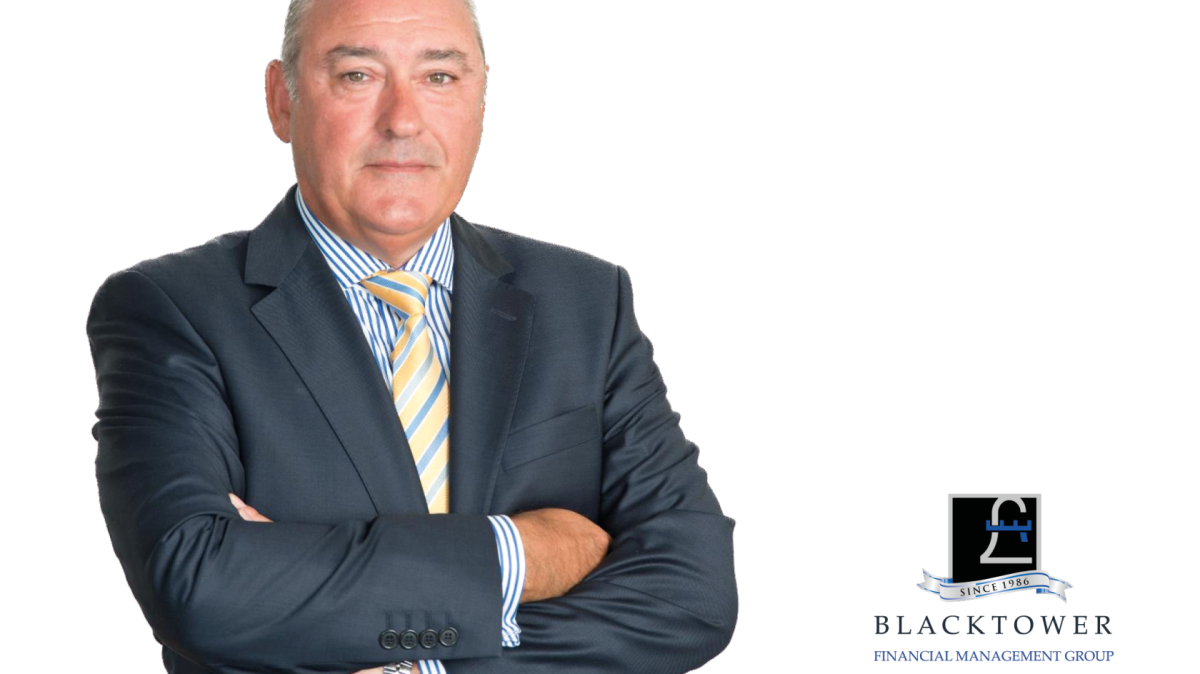In a statement, the low-cost airline revealed it carried 57.9 million passengers during the quarter, an increase of 4%, while the average fare rose by 21% to €51. Operating costs grew 5% to €3.42 billion, though this was partially offset by the airline’s fuel hedging strategy, having secured 85% of its annual fuel needs at a price of $76 per barrel for the financial year ending 31 March 2026.
Ryanair also noted that its strong Easter trading in April contributed to a 5% rise in ancillary revenue, which includes services such as priority boarding and onboarding sales. These extras now account for nearly a quarter of the airline’s total income.
Group CEO Michael O’Leary stated that, despite delays in Boeing’s delivery of B737 aircraft, Ryanair still plans to operate 2,600 routes this summer, including 160 new ones. However, he warned that the airline’s limited capacity growth due to these delivery delays will benefit “regions and airports that are reducing aviation taxes and actively encouraging traffic growth.”
O’Leary reiterated Ryanair’s projection of 3% annual passenger traffic growth, aiming to reach 206 million passengers this fiscal year. However, he cautioned that it is still too early to provide a definitive profit forecast for 2026.
That said, he expressed optimism: “We cautiously expect to recover almost all of last year’s 7% fall in airfares, which should support reasonable net profit growth in the 2026 fiscal year.”
Despite the positive outlook, O’Leary warned that results remain “highly exposed to external risk,” including global economic uncertainty, escalating conflicts in the Middle East and Ukraine, potential trade wars, strikes by European air traffic controllers, and operational issues such as mismanagement or staffing shortages.














Holy moly to the news from the future. We are still in 2025 but we got news from 2026. Thanks for the tip, I will now go and buy Ryanair stock big time !!
By Tom from Lisbon on 22 Jul 2025, 18:08